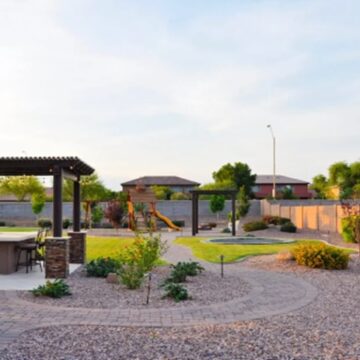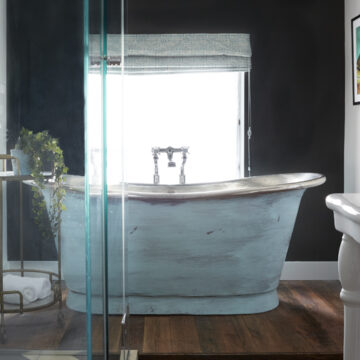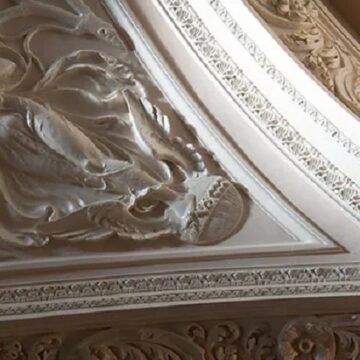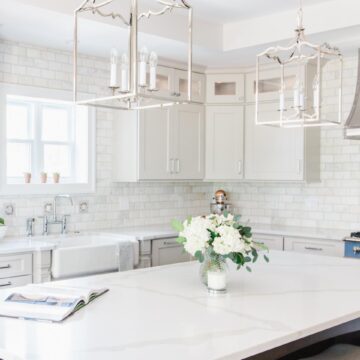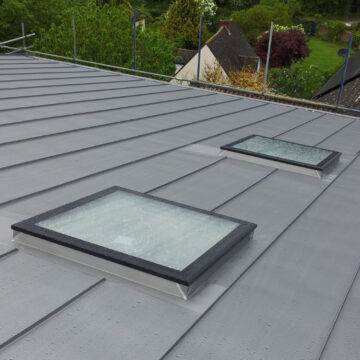When it comes to adding a touch of sophistication and detail to any space or piece of furniture, relief mouldings stand out as a compelling choice. Conceptualised as raised figures that stand out from the background, these decorative elements can transform plain walls into canvases of elegance and history. In Thailand, where beauty and tradition intermingle boldly with modernity, incorporating relief mouldings into design can infuse cultural richness into contemporary living spaces.
Traditionally, relief mouldings were crafted from wood, stone or plaster, which while beautiful, posed challenges in terms of weight and durability. However, the evolution of materials has brought us Polyurethane Moulding (known as คิ้วบัวโพลียูรีเทน in Thai), a lightweight alternative that beautifully replicates its traditional counterparts. These mouldings are not merely about aesthetics, they are a testament to the infusion of functionality and artistic flair.
Polyurethane mouldings have gained popularity for their versatile utility in Thai design because of their moisture resistance, which is highly beneficial in the warm, humid climate prevalent in much of Thailand. The intricate Thai designs and motifs lend themselves well to the relief style, enabling a seamless blend of traditional designs with a modern material. The ease of installation and maintenance makes polyurethane moulding an increasingly preferred choice among Thai homeowners and designers eager to uphold their heritage in a contemporary fashion.
Highlighting Thai craftsmanship, such mouldings can feature aspects of local flora and fauna or scenes from traditional Thai stories and mythology. They not only serve as architectural elements but also narrate the rich tale of Thailand’s artistic endeavours. Considering Thai interiors often strike a balance between grandeur and simplicity, polyurethane relief mouldings can enhance the understated elegance of a living room, make a bold statement in a dining space, or bring serene ambience to a bedroom.
Implementing relief mouldings requires a thoughtful approach to prevent overcrowding a space with too much detail. It’s often most effective when used as a focal point, perhaps above doorways, along staircases, or even as a decorative ceiling border to frame a luxurious crystal chandelier. When painted in hues complementing the overall colour scheme of the room, these mouldings coalesce into the design, contributing to a cohesive aesthetic.
For those looking to incorporate a slice of Thai ethos into their domiciles abroad or international hotels seeking to pay homage to Thai culture, relief mouldings are a perfect bridge. Not only do they resonate with the cultural vibrancy and elaborate craftsmanship, but they are also a nod towards sustained elegance that stands the test of time and trends.
Polyurethane relief mouldings offer a blend of functional sturdiness and enchanting beauty to any interior space. They articulate the mingling of Thailand’s deep-rooted artistry with current design trends, allowing the passage of Thai tradition into the fabric of modern décor. Whether you reside within the bustling city of Bangkok or in the tranquil countryside, integrating mouldings is an assured step towards achieving timeless elegance in your living spaces.








